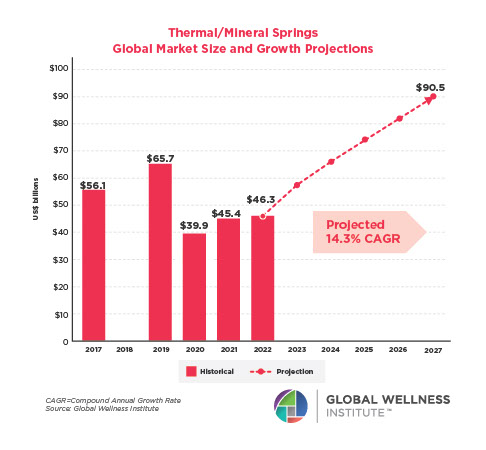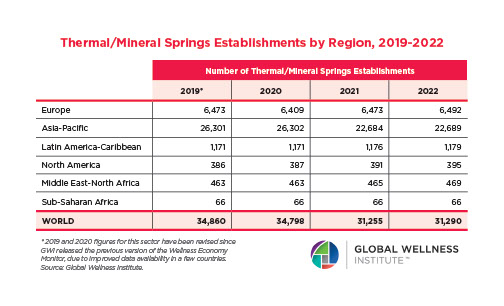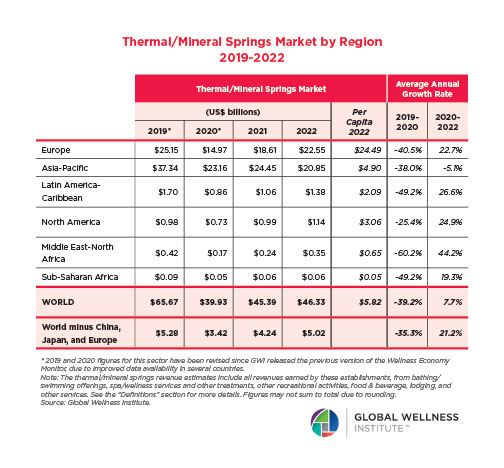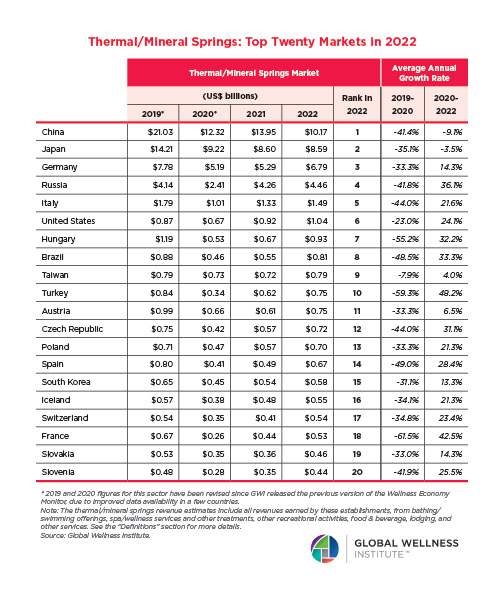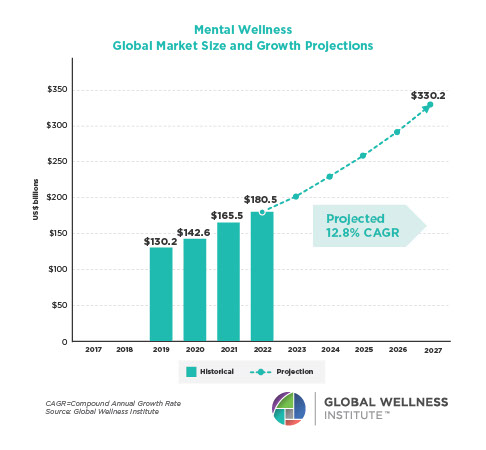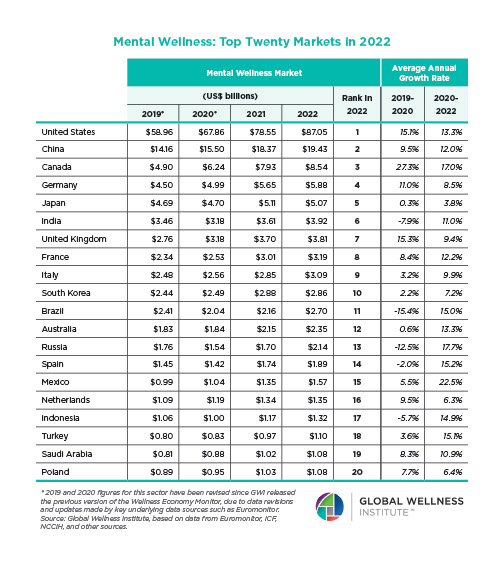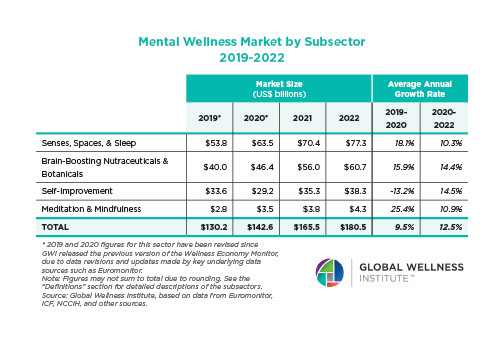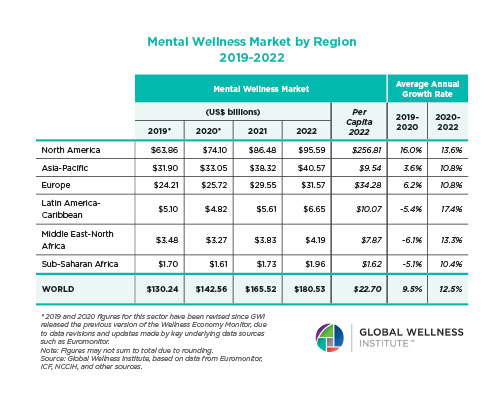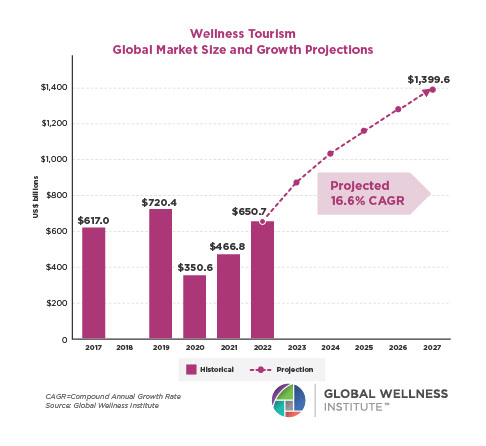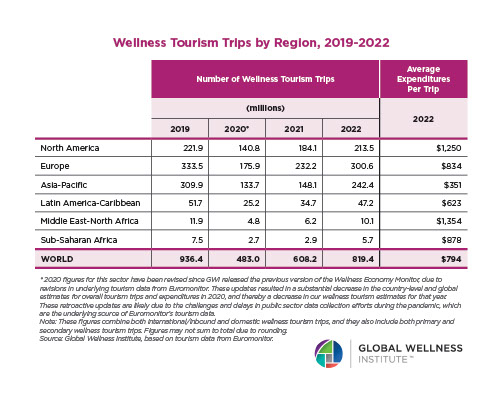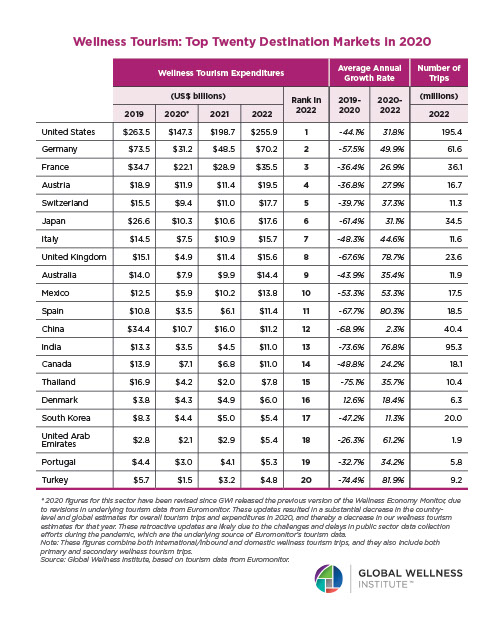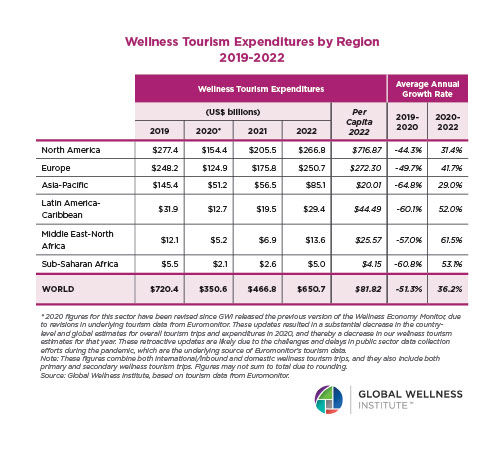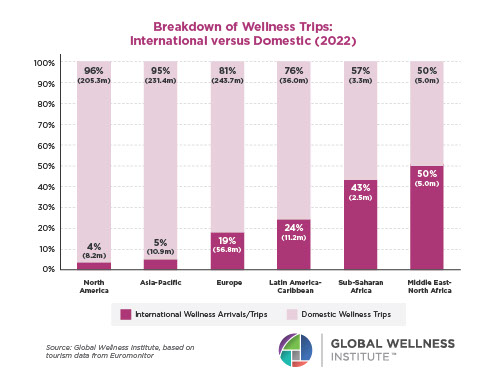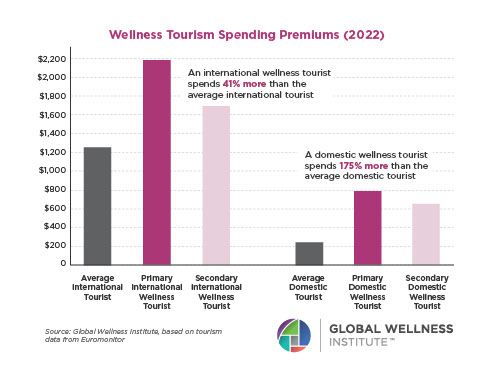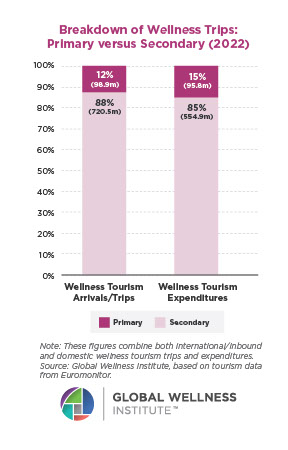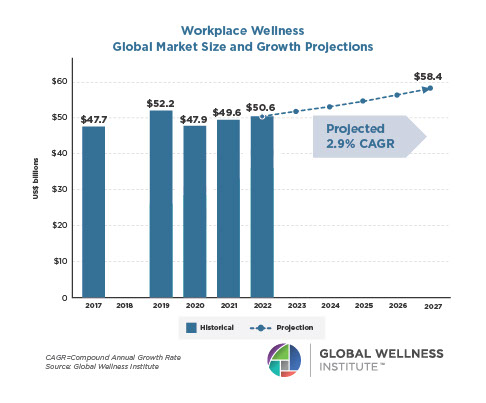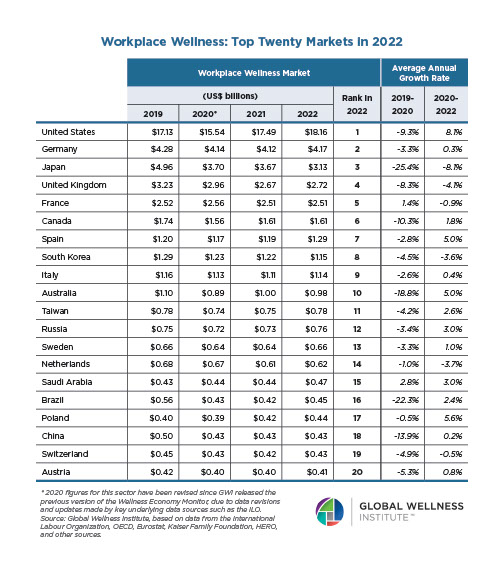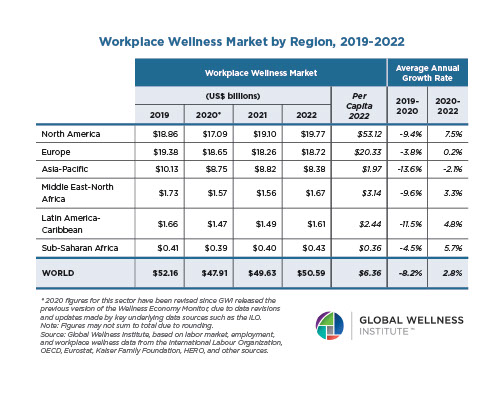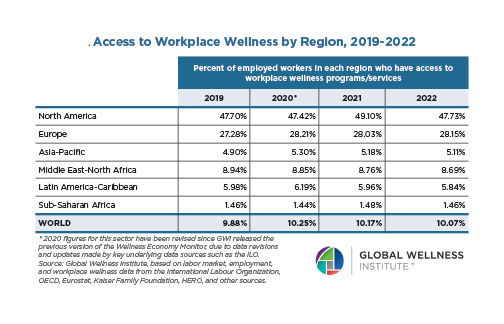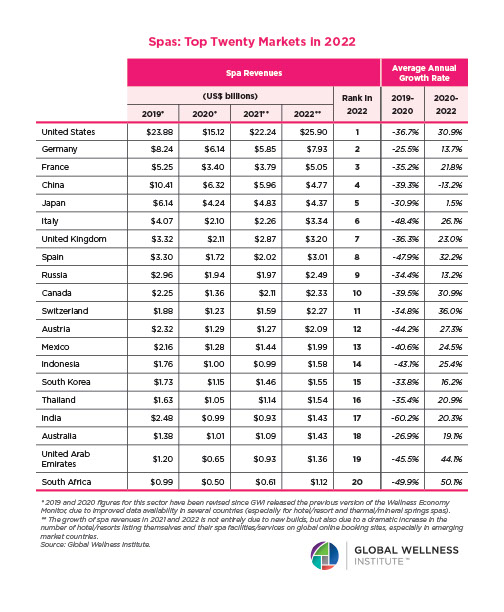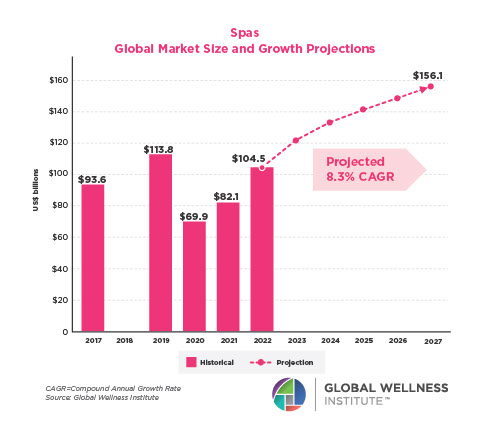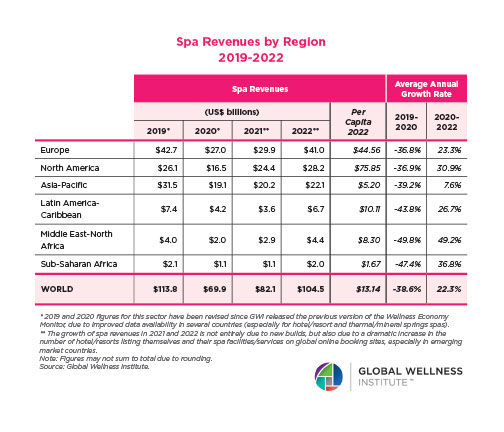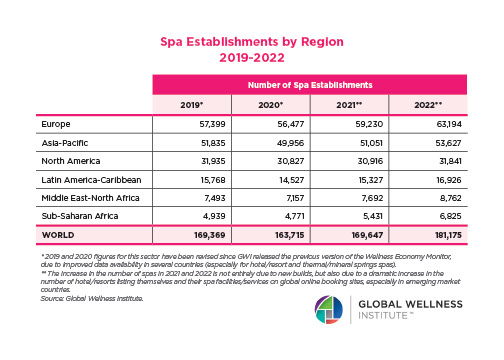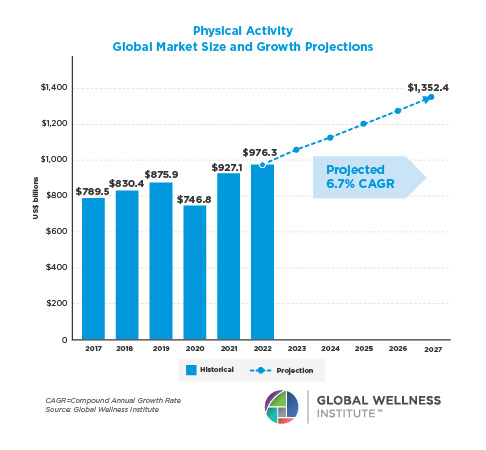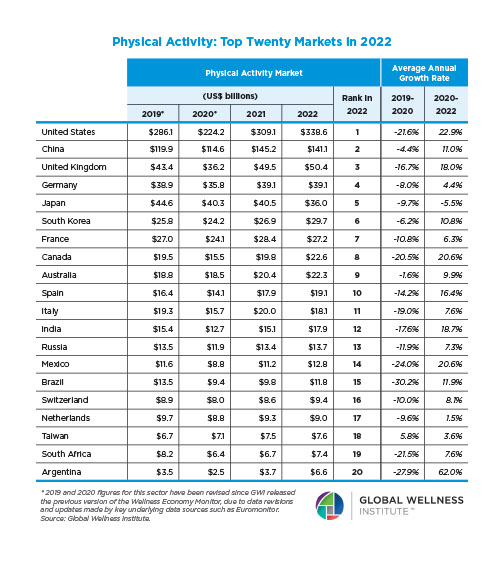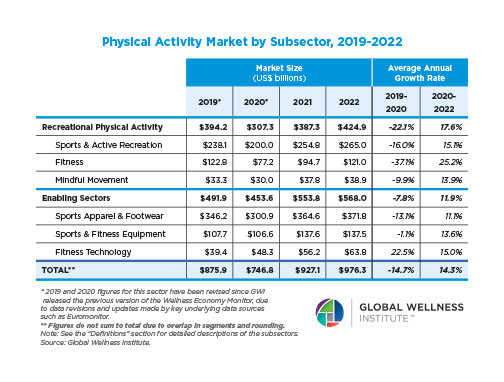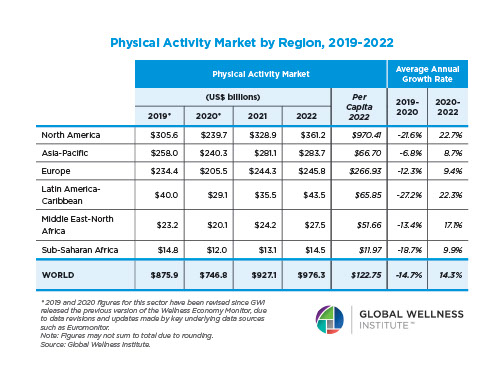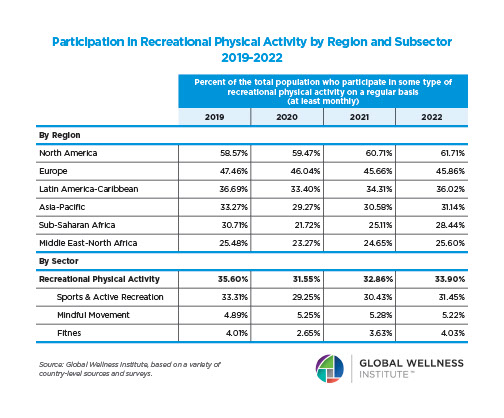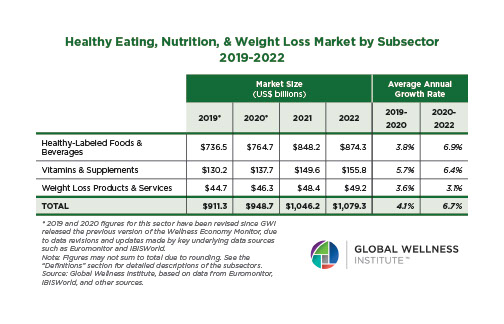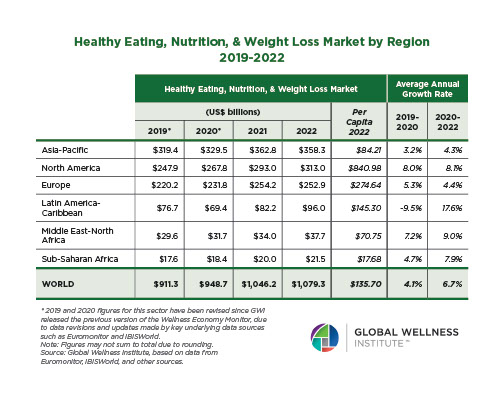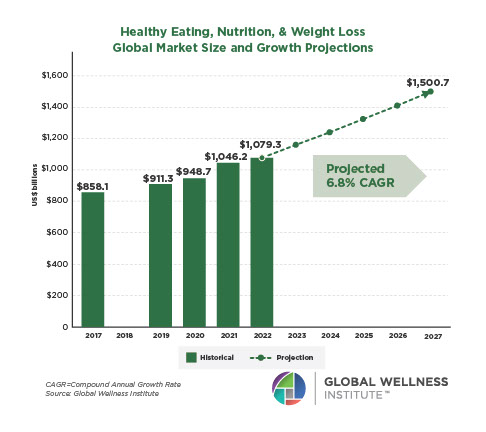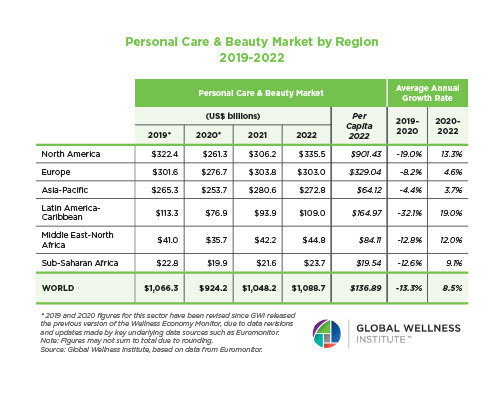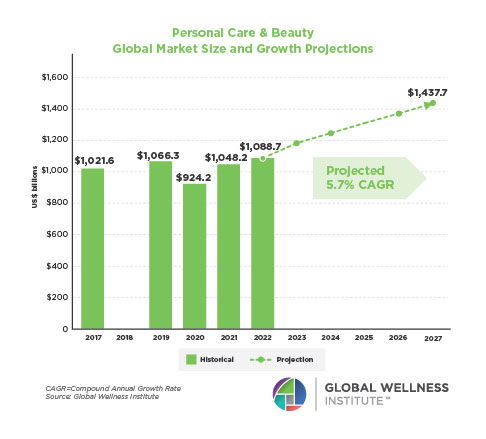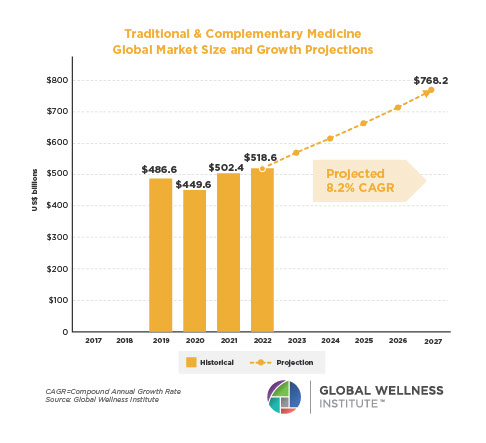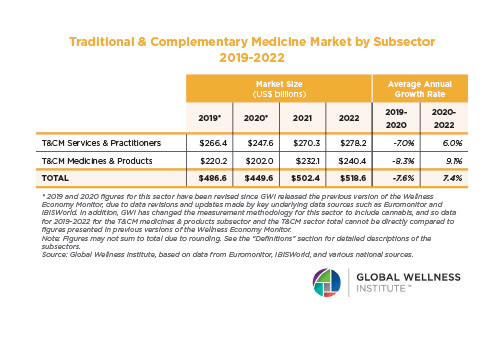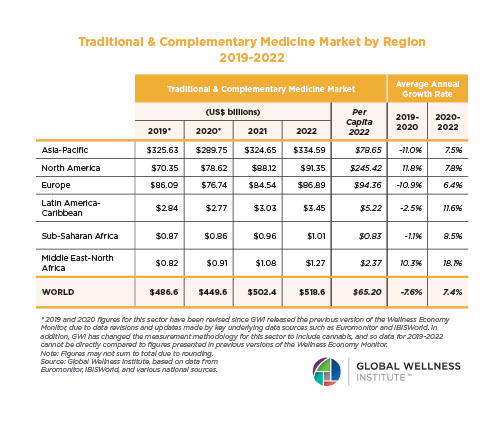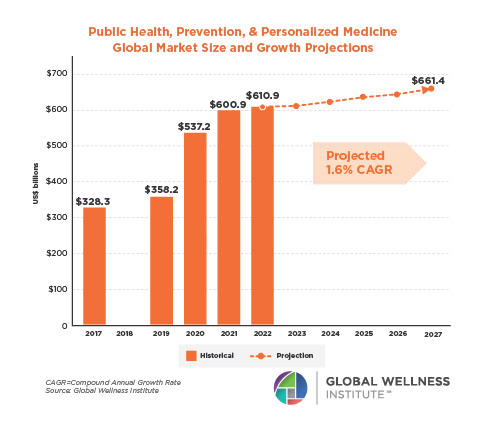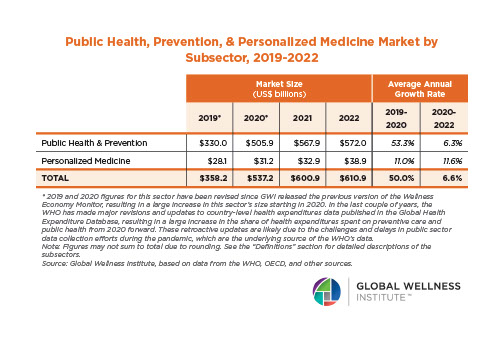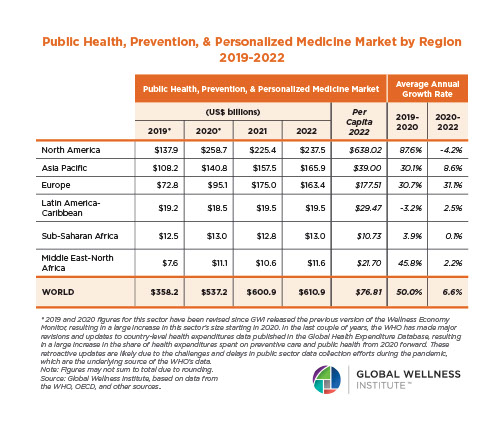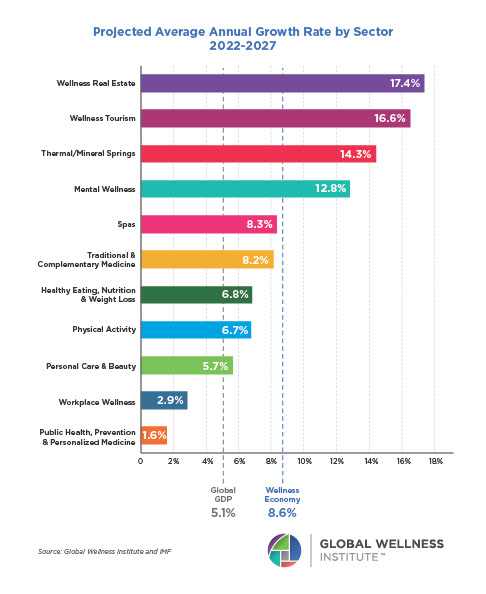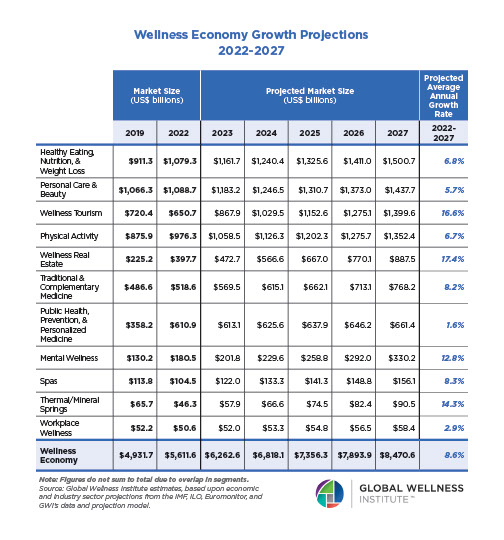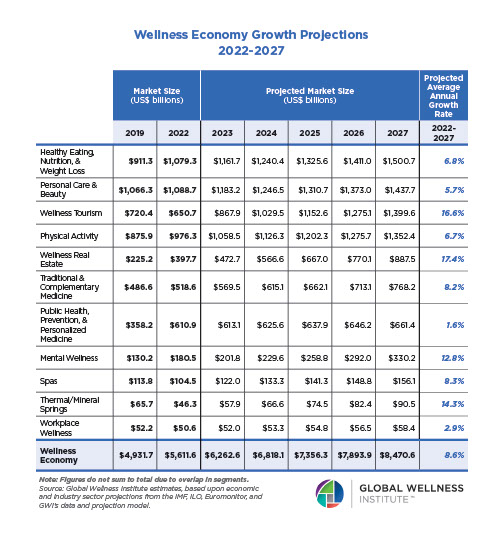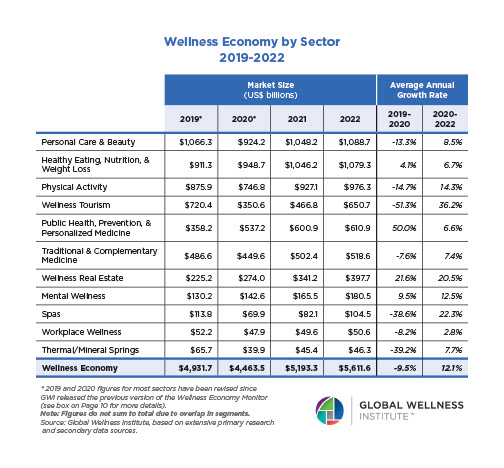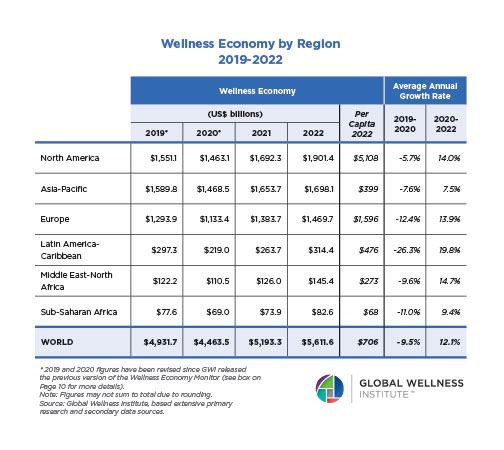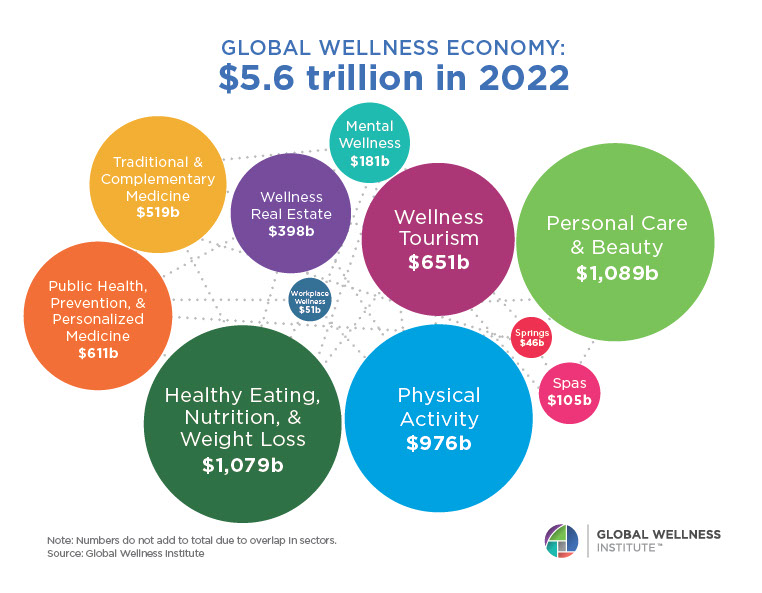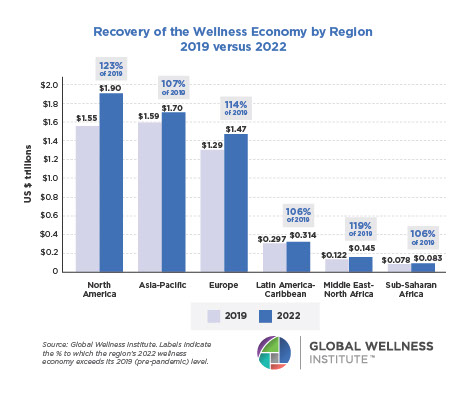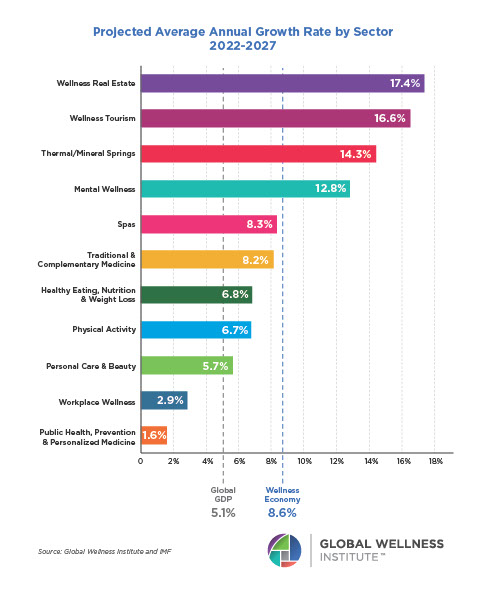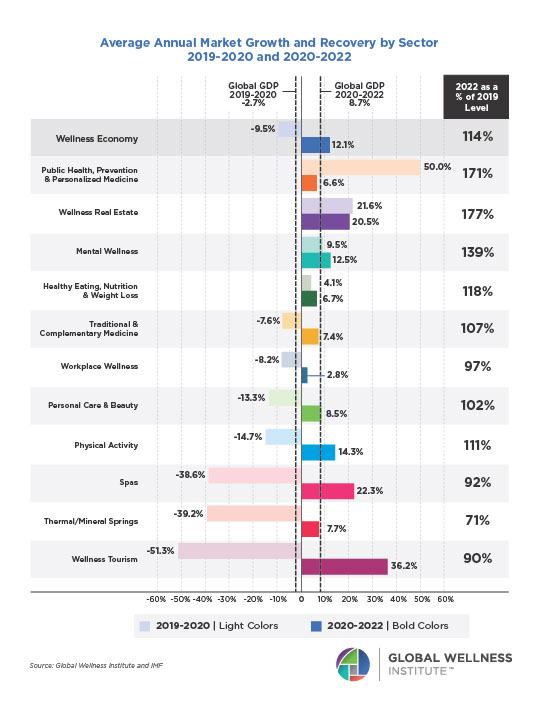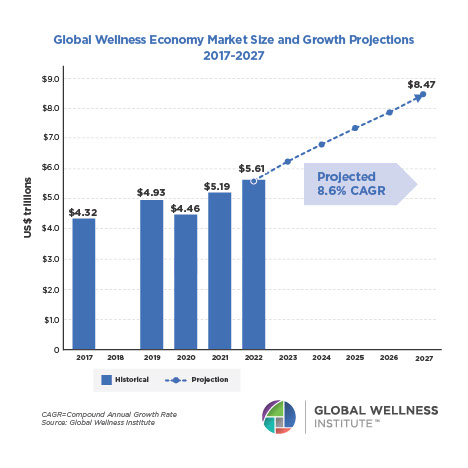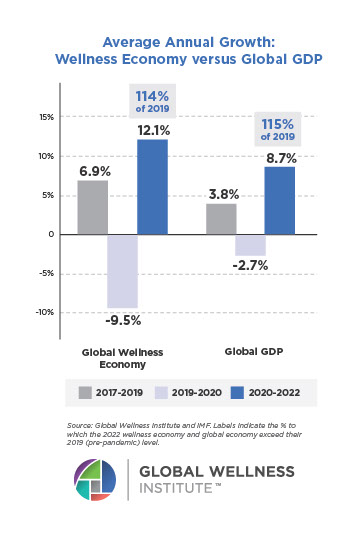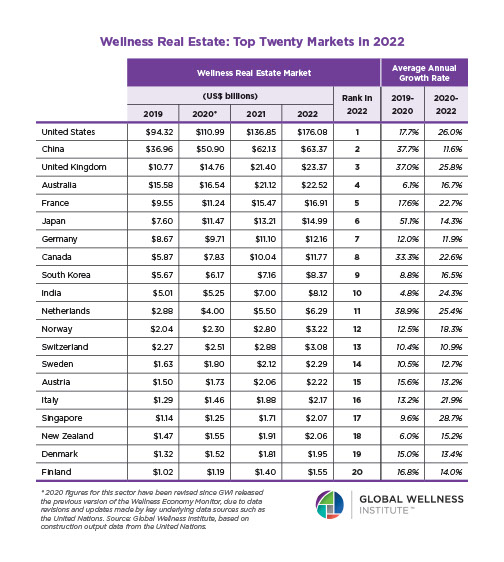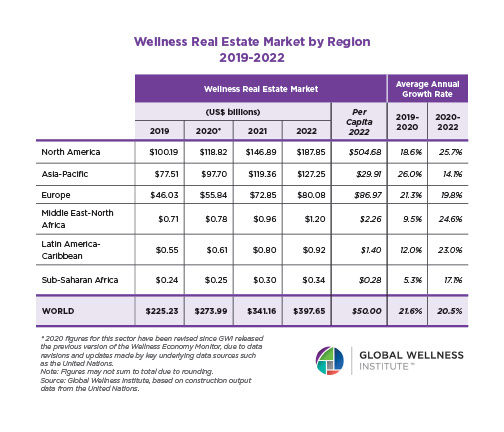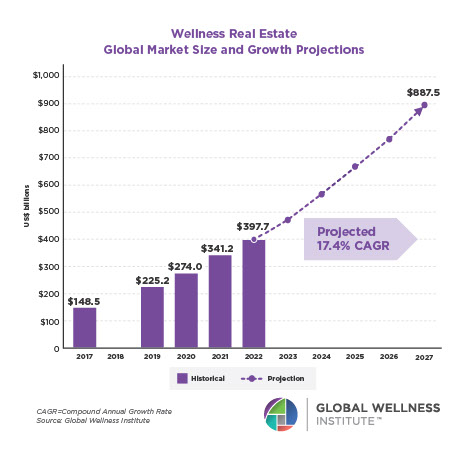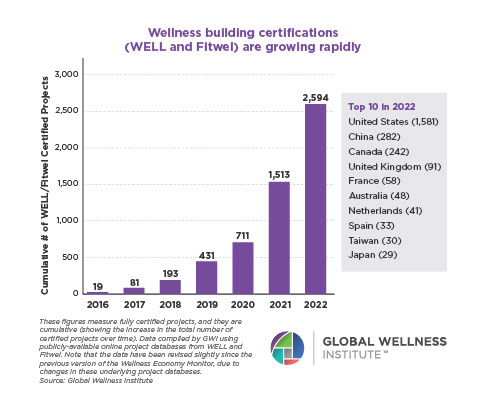The GWI’s 2016 research report, “Future of Wellness at Work” will be available next Wednesday (2.17). This in-depth study includes new data on the state (and cost) of unwellness for the global & U.S. workforces, while predicting how work itself, and workplace wellness approaches, will change dramatically in the future. Also being released: a white paper on key findings from a GWI/Everyday Health survey of American workers, shedding new light on whether current workplace wellness program are working, and identifying strategies that would make a surprising impact.
Clinical Wellness Best Practices Becomes GWI Initiative
The wellness industry has been around for more than half a century, but gaining credibility within the medical community has been hard won. But increasingly, wellness approaches are being adopted by some of the world’s most respected medical institutions: from large, multidisciplinary hospitals to complex-care specialty facilities. Yet, the work of these pioneers is not well known. So, the new GWI Clinical Wellness Best Practices Initiative seeks to: 1) research and publicize wellness departments in medical settings 2) identify clinical wellness “best-practices” and 3) evaluate/rate the world’s leading clinical wellness centers.
Must-Reads from the Wellness World (Week of February 9, 2016)
“Rethinking the Calorie” – The Atlantic, January 26, 2016
This article claims that the simple weight-loss formula—burn more energy than you consume—may actually be holding us back in the fight to curb obesity. Progress to understand this is critical: in the U.S. alone, the inability to curb the extraordinary prevalence of obesity costs more than $147 billion in healthcare, as well as $4.3 billion in job absenteeism and yet more in lost productivity.
Financial Wellness Will Become Hot Topic in Future
With a painfully slow global economic recovery, and with money being people’s top source of stress (in countries with less generous social benefits), Malleret predicts that “financial wellness” will become an increasingly important concept in the future. Read about why and how financial wellness programs will become as important as physical wellness initiatives for both companies and individuals going forward. Consider the implications for spa and wellness establishments.
The 2016 Wellness Trends Are In
At the turn of each year, flurries of global trends reports on the future of wellness appear. To help businesses understand what’s around the bend across every wellness sector, the GWI recently added a “Trends Resource” to its site, aggregating the 2016 global trends reports from organizations and companies as diverse as the World Economic Forum, Euromonitor, Mind Body Green and Spa Business.
Wellness for Cancer Becomes GWI Initiative
Wellness for Cancer is a non-profit educational organization that trains spas to heal those who need it most: those that have, or who have survived, cancer. Read about how it recently became a Global Wellness Institute Initiative, which has created momentum for the project, and Founder Julie Bach’s vision for this important training program
